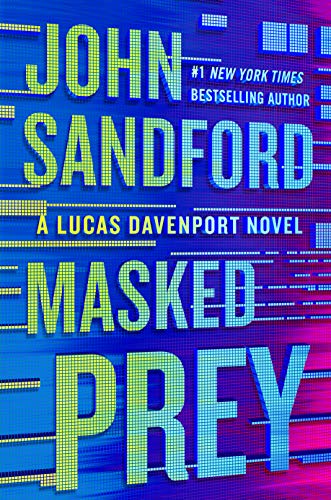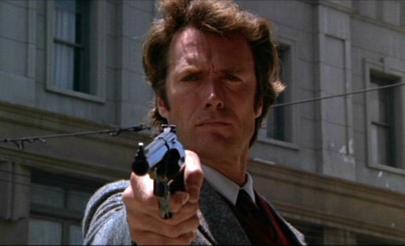Masked Prey (Review)
by John Sandford

Gives you exactly what you expect from a murder/thriller…

This book was published through Putnam. John Sandford is the pseudonym for Pulitzer Prize-winning journalist John Camp. Masked Prey is book 30 in the Prey Novel Series with protagonist Lucas Davenport as a U.S. Marshal (in this one). Note: This is my first Sandford book, but it stands on its own.
Verdict: This book delivers exactly what you’d expect for a murder/thriller; it moves along crisply, has simple in-your-face dialogue, and the plot is somewhat intricate. You sort of know where your headed in the book, but the path is interesting, realistic, and provides a few surprises along the way. Recommend with a caveat. There is a political bent in this novel where the alt-alt-right is clearly the “bad guys.” Those who lean far to the right, especially in how they feel about the government and gun control might want to skip this one. Most of the negative reviews that I’ve read were due to the political nature of the book.
What’s it about? The daughter of a U.S. Senator finds a picture of herself on a strange website alongside random pictures of other kids of influential politicians. The kids names appear alongside vicious political rants from radical very right-leaning groups. The question: Are extremists with deadly intent tracking the children of powerful politicians? Of course, the FBI is on it. Two senators call in Lucas Davenport, U.S. Marshal, someone who can operate outside of FBI constraints (no crime has been committed), to uncover the intent behind the website.

The story: Lucas Davenport is one of those unconventional, no nonsense law enforcement protagonists who will step out of bounds enough to ensure the job is done. Kind of reminds me of a modern-day Dirty Harry. We know from the beginning that he will get the job done; the pleasure is in following his path through the plot.
The questions that need to be solved are: Who built this odd but sloppy website? What will it be used for? Obviously, pictures of politicians’ kids walking to school or in the schoolyard…next to radical rants about the government doesn’t require much imagination to know what someone behind this might do. They clearly want to influence, challenge, or exact some kind of revenge. The fear is that the site will incite lone wolves to target the children. Lone wolves, in this case, are radicals who are acting on their own and have no direct affiliation with a group, which makes it all that more difficult to locate and stop them.
Marshal Davenport is joined by Bob and Rae, two other U.S. Marshals who specifically deal with “very bad people.” Dialogue and interaction of the three really helps the story move along. This allows Sandford to work Davenport through the scenes with someone to bounce his ideas off of. There are a number of potential bad guys/gals to cheer against and you know the identify of the main antagonist early on. So it’s not a matter of guessing “who did it…or will do it” but “how they will do it…and how they will be stopped.” Standard enjoyable thriller stuff. Sandford hits the mark.
What’s good about the book? There’s no deep meaning here. It’s a quick read of good guys versus bad guys. Crisp and direct dialogue, believable characters, engaging plot. And at the end, the good guys win, though Davenport comes through on his own terms. To give a fast feel to the book, Sandford dispenses with the typical “he said, she said” attributions using colons instead (e.g., Lucas: “Hey, hand me that…”). Probably is his style of writing.
My favorite line in the book: “…he might not actually be the devil himself, but they’re Facebook friends.”
What was not so good? Again, the political bent to the story will turn off a segment of readers. I have not read his other books, but reviewers claim this is his most political novel.
The story did seem to drag slightly in places. The last chapter could have been cut in half. We also seem to get too deep into unnecessary details of what Lucas is doing. Also Sandford’s character descriptions were rather mundane (e.g., “Rae was tall, at six feet, a black woman with close-cropped hair, dressed in dark gray slacks and a dark gray long-sleeved blouse…”). Most of the characters and other descriptions were like this, though if I’d read the entire series, I probably wouldn’t need or expect more. But please, no more “close-cropped hair.” That description seems to appear in every book.
But the above is nitpicking. This was a good book.
What was bad? Nothing.
Bottom line: It will deliver exactly what you expect from a murder/thriller with a tough/unorthodox lawman. Beware that it might hit you the wrong way, depending on your politics.